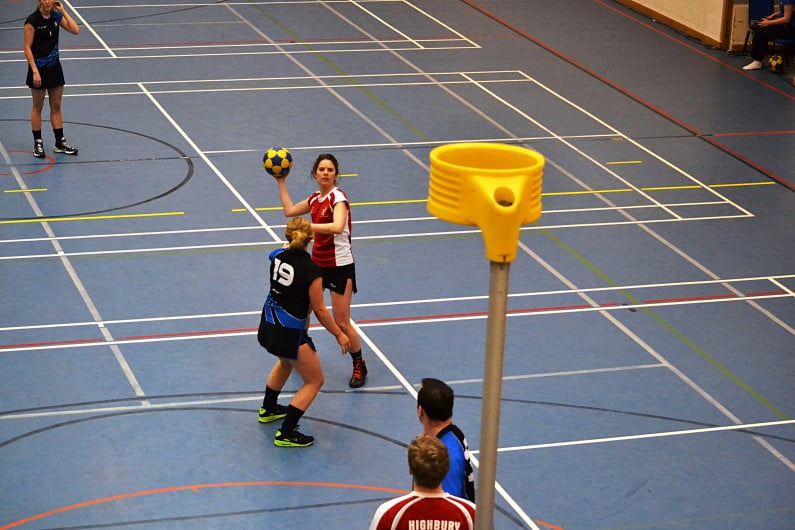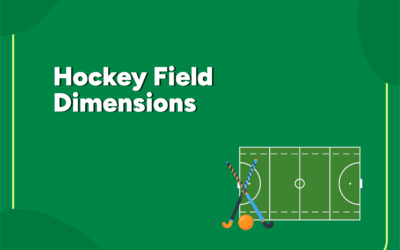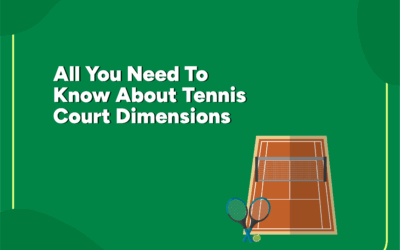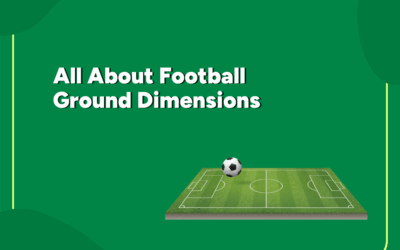Sports has been globally accepted as a medium for dialogue. Through sports, organisations are talking to children about social issues and the need for change. One such issue is of course – inclusion. And one such issue of inclusion is – gender equality. To start a dialogue about gender equality, it is very important to place boys and girls on the same level field and engage them in team activities. When you identify sports as your activities, therein lies the problem – which sport can you use to address this? Well, a Dutch school teacher came up with an answer, only about 115 years ago!
What is Korfball about?
Korfball, as a sport, is like a mix of handball, netball and basketball. Two teams of 8, each team having 4 male and 4 female members, who are in turn divided equally into 2 zones – attacking and defending. Before you let your imagination run wild – it is a limited-contact sport. As an additional leveller, men can only defend against men and women against women. But as a team, they work together. And they have to! Once a player has the ball, she/he has to have one foot planted down – no dribbling, no running and no walking.
This means her/his teammates have to move tactically, and continuously, to provide passing options. Now you’re thinking – what about the tall kids who will dominate the show? Not so easy – one can only attempt to score if there is no defender between that person and the basket (or korf). So you have to be smart, quick and sneaky, and escape your defender before you can even attempt to score. It gets better – after every 2 goals scored, attackers become defenders and vice versa. Simply genius!
The time is here for Gender-mixed sports!
Think about it – a sport that is perfectly gender-mixed has limited contact, requires impeccable teamwork, constant movement and forces each player to be equally adept at attacking and defending. As activities go, it ticks a lot of boxes. It does not require massive infrastructure either. A safe playing surface, a korf at each end and a zones demarcation are all that is needed. If you struggle to acquire korfs, use anything that lets a ball pass through! Play indoors in bad weather, adjust court and team size to available space, make it happen. In fact, there are already versions of the game with fewer players (4 players, 1 korf) and different surfaces (beach, ice, water) being used for the development of the sport in many countries. Just one unbreakable rule – the teams have to be completely gender-mixed.
Global recognition for Korfball
It is incomprehensible how this sport is not more popular globally, despite being invented around the same time as basketball. Presently, 70 countries play the sport and more than 100,000 players play the sport in the Netherlands itself! The Dutch have also won 9 out of 10 World Championships and 9 out of 9 World Games events in Korfball. So yes, they’re pretty good at it too. Incidentally, Korfball was even a demonstration sport at the 1920 and 1928 Olympic Games. Luckily though, times are changing. The sport is gripping large parts of Europe and making its presence felt in Asia as well, with Chinese Taipei ranked 2nd in the world behind the Netherlands and Hong Kong featuring in the top 10.
Geert Hendriks, who is the President of Swiss Korfball Federation, and who also happens to be very active in the ‘sports for development’ sphere said – “Korfball is a hidden treasure in the world of sports, especially at a time when there is so much talk regarding gender equality. It is inclusive, exciting and I have seen the impact it can have from my experiences of working with marginalized communities. I am confident that as the game spreads beyond borders, it will help provide the platform to break many social barriers as well.”
Geert Hendriks
Society in general and organisations which are working towards making it more inclusive have food for thought now. Yes, we need conferences and workshops with eminent speakers talking about gender equality, but what could really drive home the message is a hard-fought Korfball session where both genders match each other every step of the way. Learning by living they say; after all, who else teaches you more about life than life itself!?





0 Comments